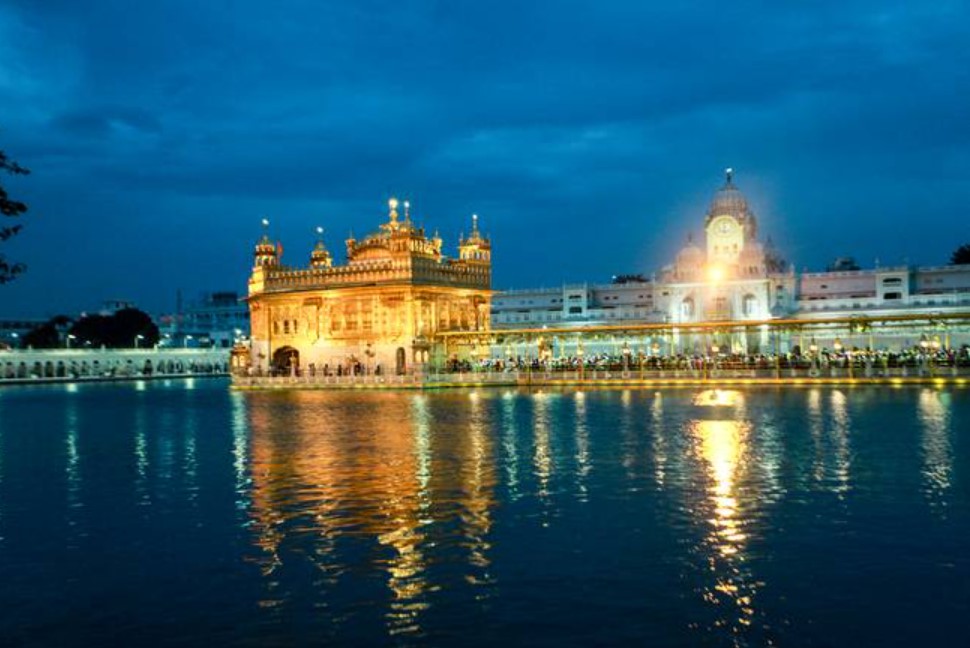Example: Darbar, Nanak, Mulk
Welcome to The Sikh Encyclopedia

Encyclopedias encapsulate accurate information in a given area of knowledge and have indispensable in an age which the volume and rapidity of social change are making inaccessible much that outside one’s immediate domain of concentration.At the time when Sikhism is attracting world wide notice, an online reference work embracing all essential facets of this vibrant faith is a singular contribution to the world of knowledge.
This website based on Encyclopedia of Sikhism by Punjabi University , Patiala by Professor Harbans Singh
The Encyclopedia of Sikhism is a 4 volume encyclopaedia on Sikhism prepared under the auspices of Punjabi University, Patiala by Professor Harbans Singh. The first volume of this work was initially released in 1992 by the President of India, Dr. Shankar Dayal Sharma. The complete set of the 4-volume Encyclopaedia was released by Prime Minister of India, Shri Atal Bihari Vajpayee, in 1998.
The Encyclopaedia of Sikhism was the first of its kind in the field of Sikh studies; it is comprehensive in its scope and includes entries to cover topics such as Sikh history, theology, philosophy, literature, art and architecture, customs and ceremonies, sects, personalities, shrines, etc. The fact that the work has undergone several reprints since its first publication testifies to the authenticity and catholicity of its contents, its terse and precise style and impeccable and flawless English idiom.
Additional entries have been added from other sources with references to expand the horizon of the online edition of The Sikh Encyclopedia

History of Sikhism
The history of Sikhism started with Guru Nanak Dev Ji, the first Guru in the final century in the Punjab region of the Indian subcontinent. The religious practices were formalised by Guru Gobind Singh Ji on 13 April 1699. The latter baptised five persons from different social backgrounds to form Khalsa (ਖ਼ਾਲਸਾ). The first five, Pure Ones, then baptised Gobind Singh into the Khalsa fold. This gives the order of Khalsa, a history of around 300 years.
The history of Sikhism is closely associated with the history of Punjab and the socio-political situation in 16th-century Northwestern Indian subcontinent ( modern Pakistan and India). During the Mughal rule of India (1556–1707), Sikhism was in conflict with the Mughal empire laws, because they were affecting political successions of Mughals while cherishing saints from Hinduism and Islam. Prominent Sikh Gurus were killed by Islamic rulers for refusing to convert to Islam, and for opposing the persecution of Sikhs and Hindus.


